The annual National Restaurant Association Show coalesces industry leaders and innovators to discuss the latest trends and challenges in the restaurant business. Our team always finds value in the four-day marathon of industry education – and this year was no different.
Key Takeaway: Back to Basics
This year’s agenda featured a variety of topics, but “back to basics” was the rally cry of the event. While AI, futurist projections, and Gen Z certainly assumed a role in the 2024 Show, the central theme of the discussion was a need for foundational refinement.
As stated by keynote speaker José Andrés, “Sometimes being fresh is remembering where you came from – and focusing on your foundation.”
Back to the “Why”
Consumer behavior is shifting – and the daypart is disappearing. Traditional mealtimes are becoming less defined as people seek convenience and personalized experiences. Restaurants need to adapt by 1) understanding the different occasions for which customers visit and 2) tailoring their offerings accordingly. So, rather than focusing solely on the products you want customers to buy, restaurants should understand and emphasize the customer’s “why” and create experience-based stories around intent.
A great example of experience creation done well is the “girl dinner.” Brands can identify consumer motivations and possible brand connections through social listening, then dig deeper with research to unlock meaningful insights and opportunities.
Back to Your People
Labor is undeniably a hot topic, with many restaurants facing understaffing and high turnover rates. The challenge and opportunity for restaurant owners is to focus first on investing in employees and helping to connect them to the brand’s purpose and leadership. Everything else will follow.







